
Differentiation of tan inverse x is ? Brainly.in
Here is a list of the derivatives that you need to know: d (sin x) = cos x dx. d (cos x) = -sin x dx. d (sec x) = sec x tan x dx. d (cosec x) = -cosec x cot x dx. d (tan x) = sec²x dx. d (cot x) = -cosec²x dx. One condition upon these results is that x must be measured in radians. Applying the Chain Rule

Q1 Differentiate tan^(1)(1/x) Differentiate Tan inverse 1 by x YouTube
How Wolfram|Alpha calculates derivatives. Wolfram|Alpha calls Wolfram Languages's D function, which uses a table of identities much larger than one would find in a standard calculus textbook. It uses well-known rules such as the linearity of the derivative, product rule, power rule, chain rule and so on. Additionally, D uses lesser-known rules.

Question 1 Find derivative of tan (2x + 3) Chapter 5 Class 12
1 Answer Jim H Aug 4, 2015 Use the derivative of tan−1 and the chain rule. Explanation: The derivative of tan−1x is 1 1 +x2 (for "why", see note below) So, applying the chain rule, we get: d dx (tan−1u) = 1 1 +u2 ⋅ du dx In this question u = 2x, so we get: d dx (tan−12x) = 1 1 +(2x)2 ⋅ d dx (2x) = 2 1 + 4x2 Note If y = tan−1x, then tany = x

Second Derivative of tan^2x YouTube
Thus we have found the derivative of y = arcsin x, (6) d d x ( arcsin x) = 1 1 − x 2. Exercise 1. Use the same approach to determine the derivatives of y = arccos x, y = arctan x, and y = arccot x. Answer. Example 2: Finding the derivative of y = arcsec x. Find the derivative of y = arcsec x.
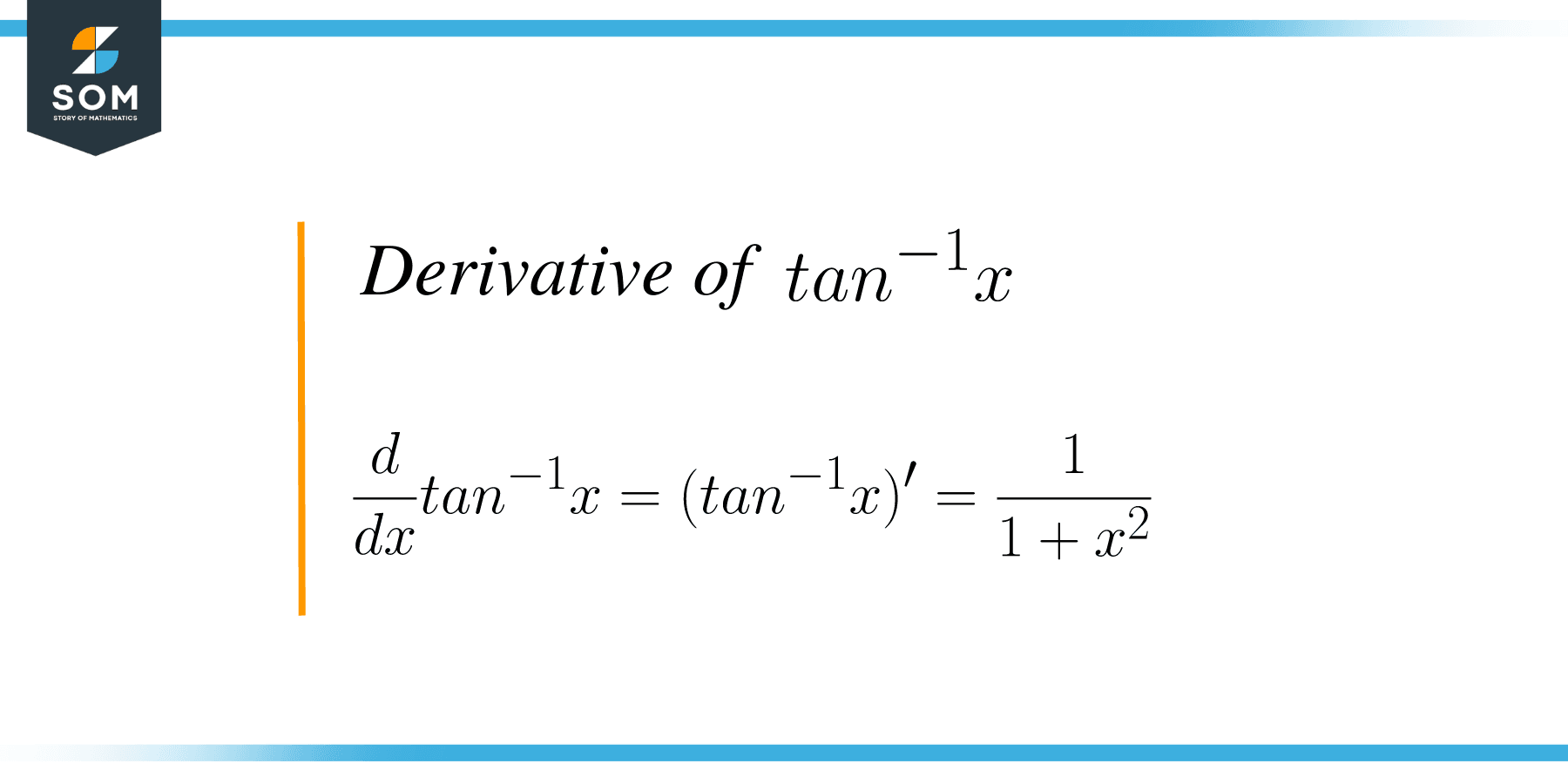
Derivative of Tan^1 x Detailed Explanation and Examples The Story of Mathematics A History
1 It boils down to: what do you mean by $\tan^ {-1} (x)$. I think most people think of it as the inverse tangent function, i.e. $\arctan (x)$, but some think of it as $\frac {1} {\tan (x)}$. The derivative of the former is $\frac {1} {1+x^2}$, and the derivative of $\tan (x)$ is $\sec^2 (x)$.
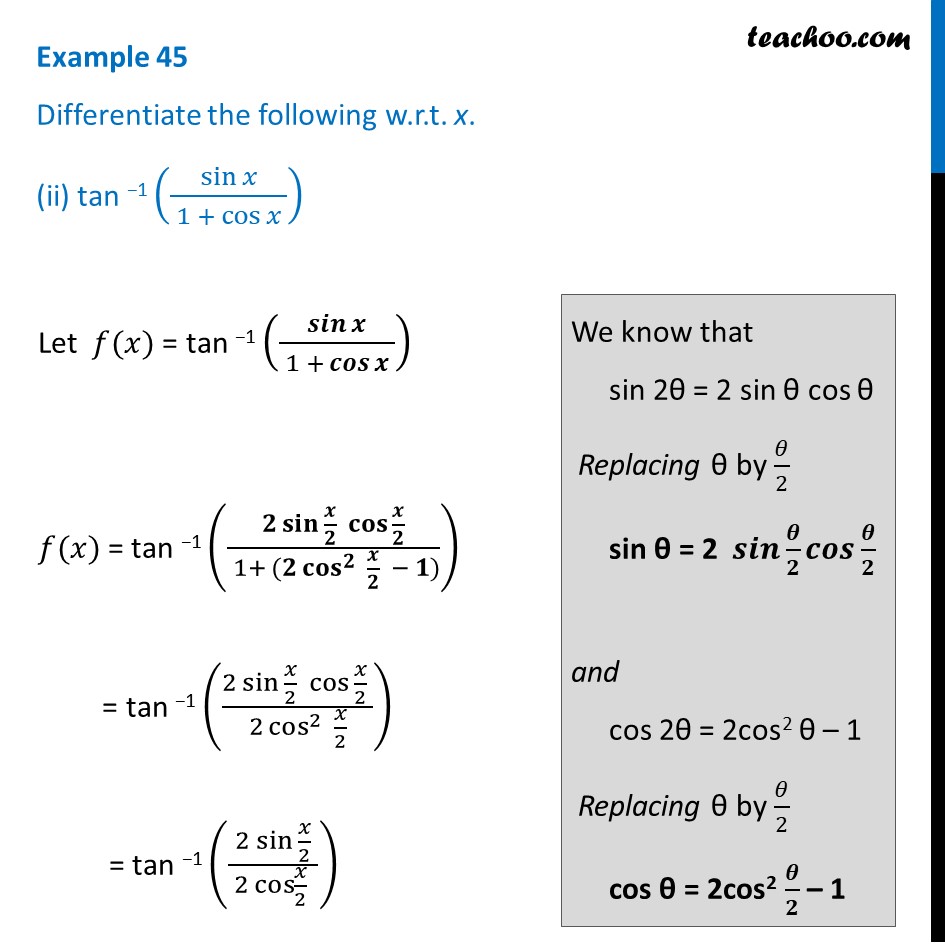
Example 45 (ii) Differentiate tan^1 (sin x/ (1 + cos x)) Teachoo
Since tan y=x, the tan ratio opposite/adjacent tells you that your opposite side is x and adjacent side is 1. Now use pythagorean theorem to find the hypoteneuse, which is sqrt (x^2+1). Then form cos y= 1/sqrt (x^2+1) and sub. it back into the above formula, squaring it to give you 1/ (1+x^2). •.

Differentiation of tanx quotient rule YouTube
The differentiation of t a n − 1 x with respect to x is 1 1 + x 2. i.e. d d x t a n − 1 x = 1 1 + x 2. Proof using chain rule : Let y = t a n − 1 x. Then, t a n ( t a n − 1 x) = x tan y = x Differentiating both sides with respect to x, we get d d x (tan y) = d d x (x) d d x (tan y) = 1 By chain rule, s e c 2 y d y d x = 1 d y d x = 1 s e c 2 y

Derivative of Tan Differentiation & Formula Video & Lesson Transcript
Symbolab is the best derivative calculator, solving first derivatives, second derivatives, higher order derivatives, derivative at a point, partial derivatives, implicit derivatives, derivatives using definition, and more. Is velocity the first or second derivative? Velocity is the first derivative of the position function.

Differentiation of tan^2(x) and (x^3+x)^4 YouTube
Differentiation of tan inverse x is the process of evaluating the derivative of tan inverse x with respect to x which is given by 1/ (1 + x 2 ). The derivative of tan inverse x can be calculated using different methods such as the first principle of derivatives and using implicit differentiation.

Derivative of Tangent x Formula, Rules, Examples
Explanation: u = tan−1( y x) This problem needs a slight prerequisite of chain rule, and quotient rule. du dx = 1 1 + (y x)2 y − xdy dx x2 = x2 y − xdy dx x2 + y2 Thus, d dx (tan−1( y x)) = x2 y − x dy dx x2 +y2 Answer link Ultrilliam Jul 6, 2018 It really depends upon what you are doing, and which independent variables matter to you.
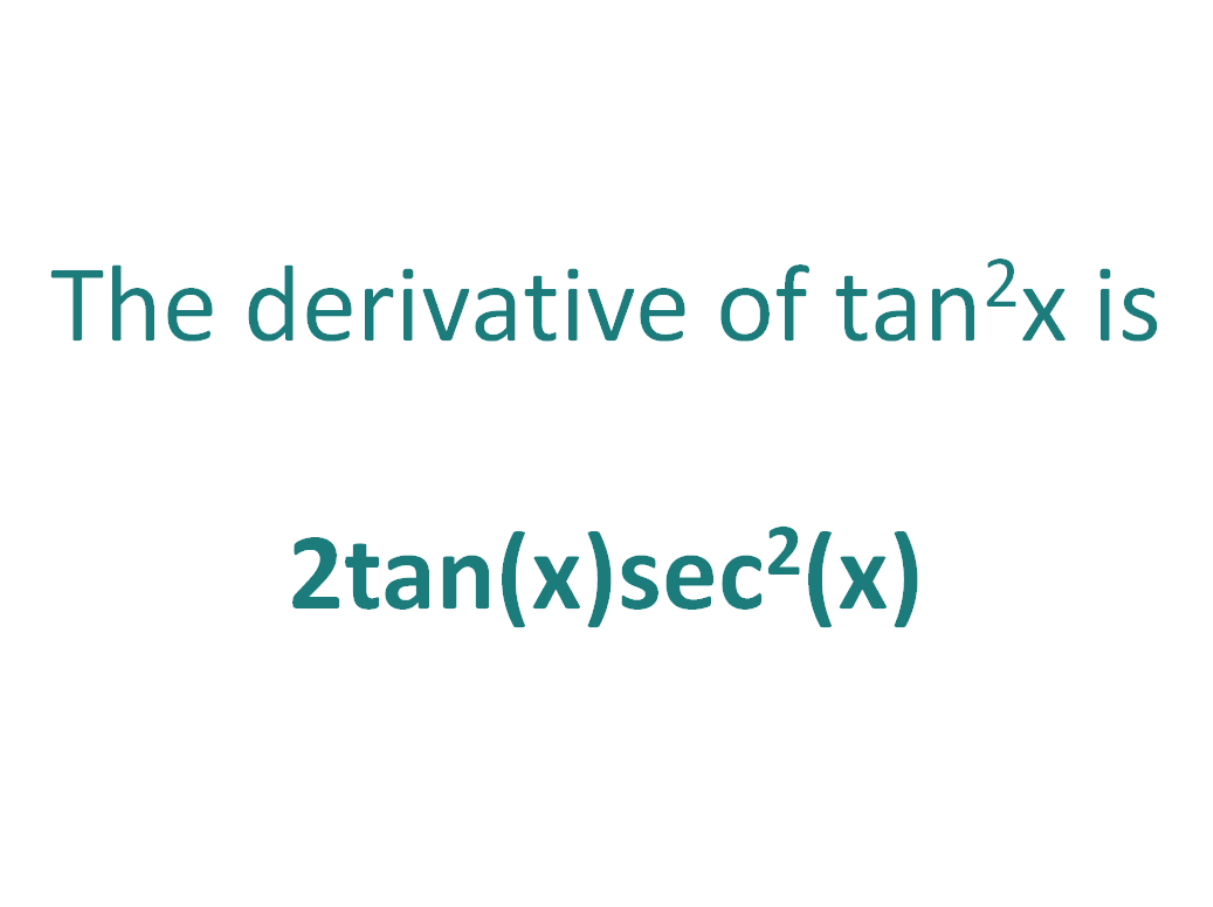
The Derivative of tan^2x DerivativeIt
All derivatives of circular trigonometric functions can be found from those of sin ( x) and cos ( x) by means of the quotient rule applied to functions such as tan ( x) = sin ( x )/cos ( x ). Knowing these derivatives, the derivatives of the inverse trigonometric functions are found using implicit differentiation .

Question Video The Derivative of an Inverse Tangent Function Nagwa
Example 3.5.2: Finding the Derivative of a Function Containing cos x. Find the derivative of g(x) = cosx 4x2. Solution. By applying the quotient rule, we have. g′ (x) = ( − sinx)4x2 − 8x(cosx) (4x2)2. Simplifying, we obtain. g′ (x) = − 4x2sinx − 8xcosx 16x4 = − xsinx − 2cosx 4x3.
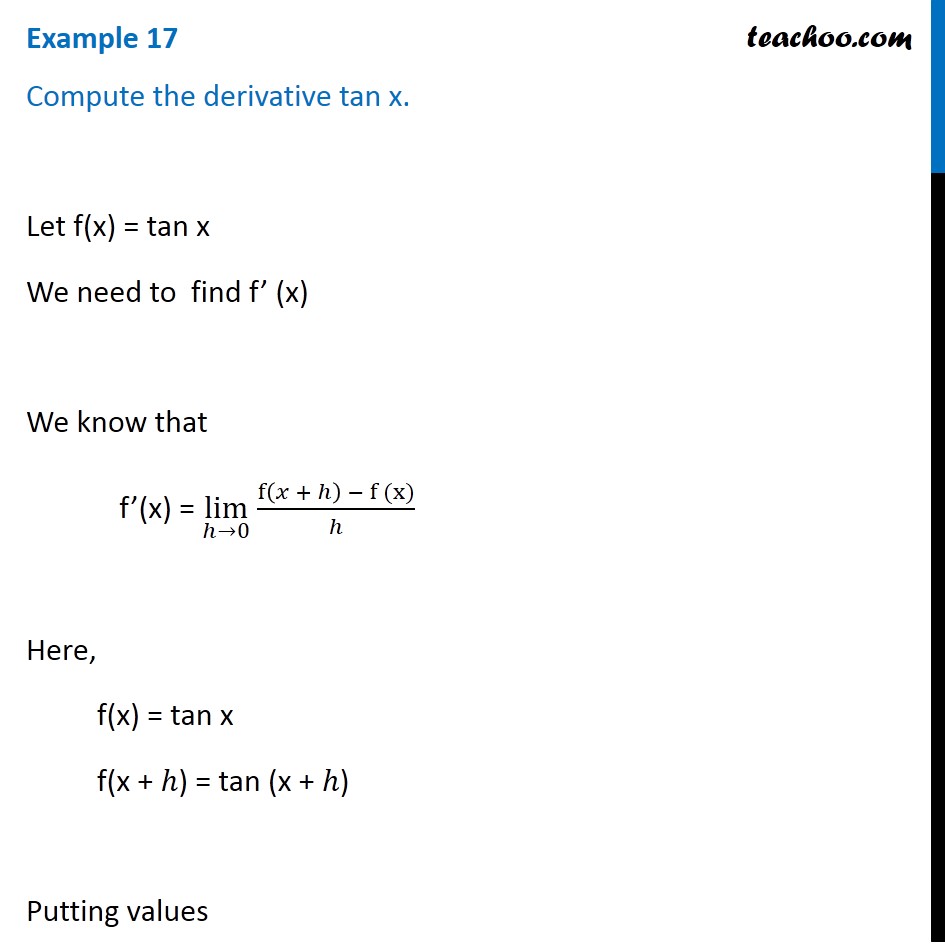
Derivada Tan X Estudiar
tan^-1(x) Natural Language; Math Input; Extended Keyboard Examples Upload Random. Compute answers using Wolfram's breakthrough technology & knowledgebase, relied on by millions of students & professionals. For math, science, nutrition, history, geography, engineering, mathematics, linguistics, sports, finance, music…
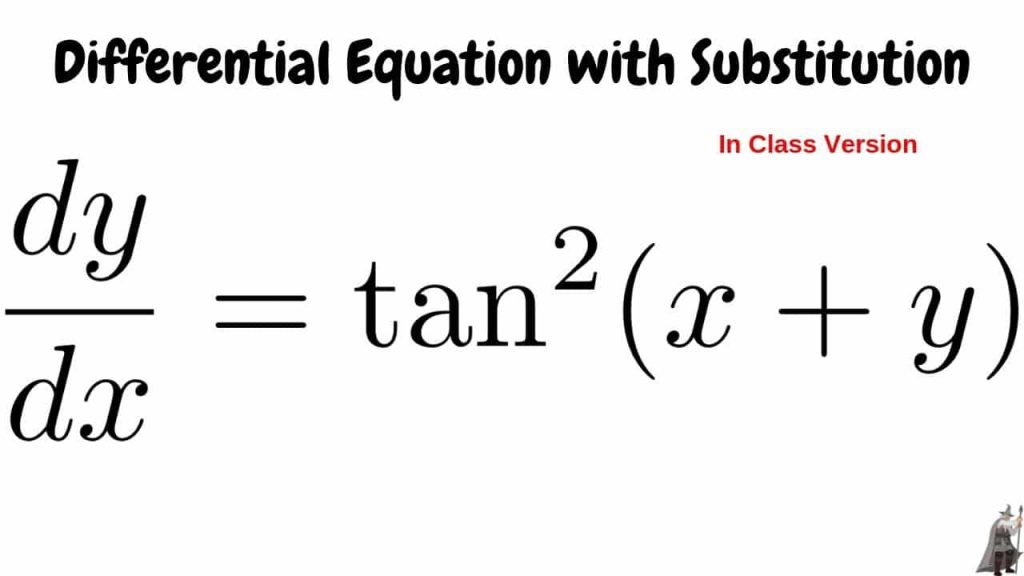
derivative of tanh Archives Get Education Bee
1 Answer Truong-Son N. Jul 1, 2015 I seem to recall my professor forgetting how to deriving this. This is what I showed him: y = arctanx tany = x sec2y dy dx = 1 dy dx = 1 sec2y Since tany = x 1 and √12 +x2 = √1 +x2, sec2y = ( √1 + x2 1)2 = 1 + x2 ⇒ dy dx = 1 1 + x2 I think he originally intended to do this: dy dx = 1 sec2y sec2y = 1 + tan2y

Differentiation of (tanx)^2 YouTube
Derivatives Derivative Applications Limits Integrals Integral Applications Integral Approximation Series ODE Multivariable Calculus Laplace Transform Taylor/Maclaurin Series Fourier. (tan^{-1}x\right) en. Related Symbolab blog posts. Practice Makes Perfect. Learning math takes practice, lots of practice. Just like running, it takes practice.

Differentiation of inverse tan YouTube
Free derivative calculator - differentiate functions with all the steps. Type in any function derivative to get the solution, steps and graph